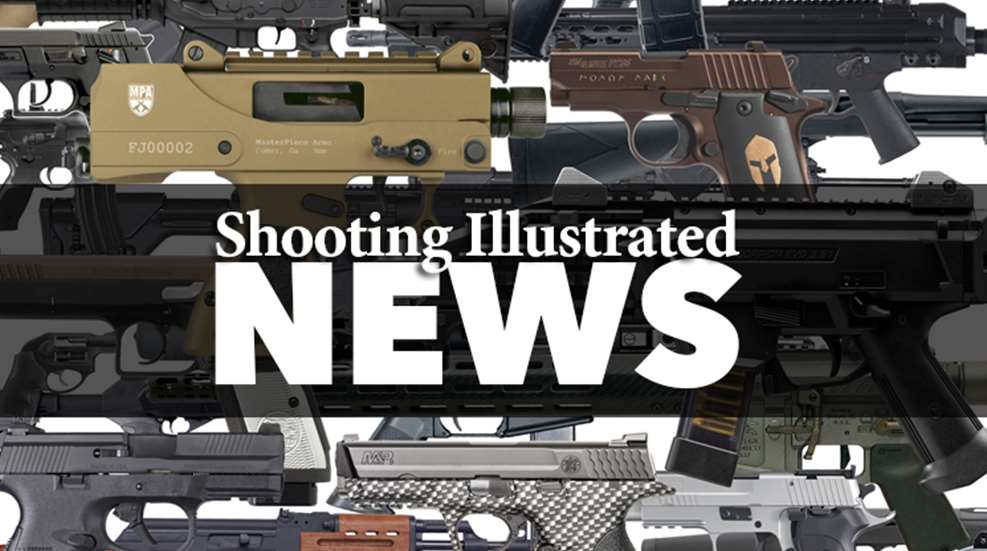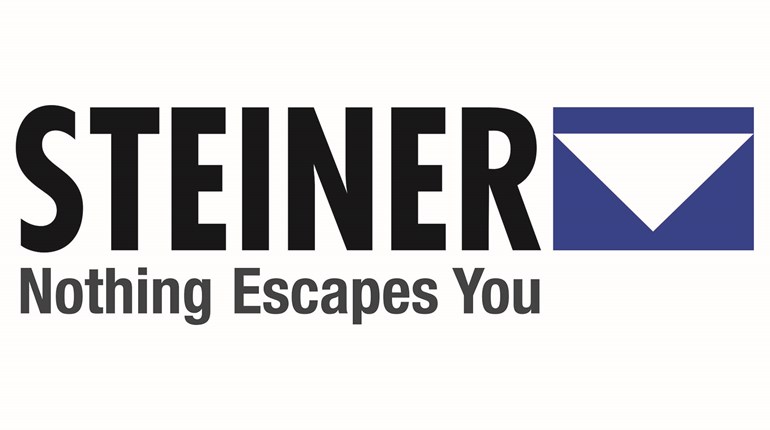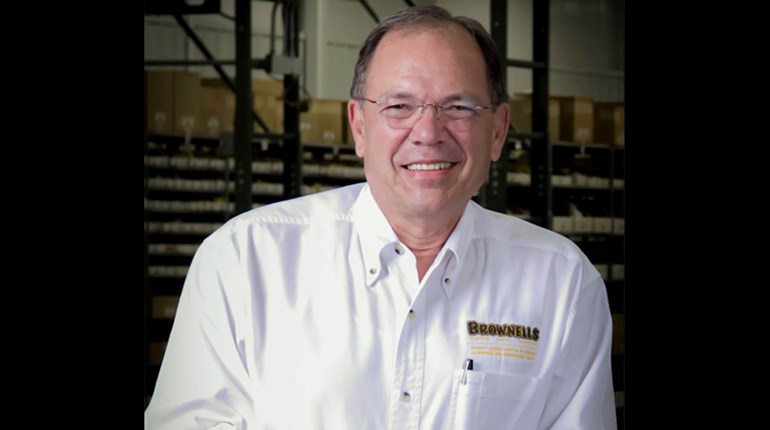
The Federal Aid in Wildlife Restoration Act—widely known as the Pittman-Roberston (P-R) Act—turns 75 years old in 2012.
The measure was signed into law by President Franklin D. Roosevelt on Sept. 2, 1937, and is still known today by the names of its principal sponsors, Sen. Key Pittman of Nevada and Rep. A. Willis Robertson of Virginia. It created a federal excise tax on firearms and ammunition to be distributed among states to be used expressly for wildlife restoration projects, as well as for hunter safety programs and public shooting-range development as determined by individual states.
Since P-R was signed into law, more than $2 billion in excise taxes has been distributed to the states, which matched $500 million of their own funds for wildlife restoration.
Under P-R, states may use the funds to pay up to 75 percent of the costs of a hunter-safety program and the construction, operation and maintenance of public shooting ranges. The remaining 25 percent may be derived from license fees paid by hunters (or from other sources), but not from other Federal grant programs.
As it relates shooting-range development and expansion, a state may use its own criteria to make P-R funds available to individuals, organizations or local governments for its qualifying programs. The 25 percent share of the total project can often be in materials, labor or other in-kind contributions, not necessarily just cash.
A measure introduced into Congress last year—the Target Practice and Marksmanship Training Act—would give states even greater flexibility to use more of their designated wildlife resources realized from federal excise taxes to establish recreational shooting areas. More specifically, the legislation will help facilitate the construction and expansion of public target ranges, including ranges on federal land managed by the U.S. Forest Service and the Bureau of Land Management.
Further, the Target Practice and Marksmanship Training Act would amend P-R to allow excise-tax revenue generated by the sale of firearms and ammunition to fund up to 90 percent of expanding or building shooting ranges on both federal and non-federal land. The current law allows Pittman-Robertson to pay for 75 percent of a shooting range, but all funds allocated to a state must be spent in one fiscal year. The amendment would allow funds to accrue for five years, facilitating the development of a substantial pool to pay for shooting range expansion and construction.
The year marking the 75th anniversary of Pittman-Robertson Act would be a most appropriate time to expand its reach to help protect and enhance the recreational and practical shooting opportunities for all American firearms enthusiasts.





































